As you begin your journey to become a certified lifeguard, you might look at the requirements and ask yourself, what is the difference between learning CPR and First Aid? It can be quite confusing, as sometimes the course titles mention both.
So, what is the best option for you? Well, let us explain the difference between the two terms to help you better understand your first aid course!
What is CPR?
Cardiopulmonary resuscitation, also known as CPR, is where a trained person alternates between repeated compressions and artificial ventilation on a casualty who is not breathing. The series of chest compressions paired with mouth to mouth breathing is done as an attempt to restore blood circulation and breathing for the casualty.
What do I learn in a CPR course?
Completing a CPR course may feel like a challenge, but knowing how to help in an emergency is worth it. During a CPR course, participants will learn how to identify when a person is in distress. This may include a sudden lack of responsiveness, irregular breathing rate and pulse rate, changes in speech, etc. Additionally, after distress has been identified, individuals will learn what to do (i.e. how to call for emergency services, properly clear the scene, and provide cardiopulmonary resuscitation as needed).
As an added resource, some courses may offer information on how to utilize an Automatic External Defibrillator (AED). An AED is a specialized device that can detect a person’s heart rhythm and then tell the first responder step by step what to do next, which may include an electric shock to the body to regulate the heart’s rhythm. After being trained in CPR and AED use, individuals will be equipped with the knowledge of how to save the life of someone who may stop breathing unexpectedly, whether it is from natural causes or after trauma.
What is First Aid?
First Aid is the help given to a person who is injured or ill and needs immediate medical attention. It focuses on a wide range of medical skills designed to help individuals in nearly every emergency situation. Think bandaging wounds, responding to medical emergencies like an allergic reaction to a bee sting, or even stabilizing or setting broken bones.
Although basic first aid skills, such as wound care, can be pretty universal in any medical emergency, some first aid courses can target specific situations, such as first aid on the beach or pool, first aid for motorists, or even wilderness first aid. If you work in a particular area of expertise that requires certification in first aid, you should always double-check to see if the first aid course is designed to help with daily challenges that you may face on duty.
What do I learn in a First Aid course?
A first aid course will teach you how to utilize all of the tools and accessories that come in a properly equipped first aid kit. Although first aid kits may vary (especially if they are in heavy use), most kits contain typical items to use in a minor emergency, including:
- Gauze
- Bandages
- Over the counter pain relievers
- Scissors
- Tweezers
- Ointments
- Wound cleaning products
- Personal protective equipment (PPE) (such as sterile gloves)
- And much more
In addition to learning how to use the first aid kit, you’ll also learn important skills to help in emergency situations, such as:
- Understanding the responsibilities of a first aid responder
- How to assess the emergency situation
- How to treat minor injuries
- What to do when injuries are beyond basic first aid
- How to prevent further injury to the individual
- And much more
Do I need to take both a First Aid and CPR course?
When it comes to First Aid and CPR, it is not a matter of choice between either/or, it is mandatory to learn CPR when being certified as a First Aider. CPR is one of the many forms of treatment when applying First Aid to a casualty. First Aid can be applied in many different ways depending on the extent of the injury.
First Aid treatment can be anything from calling emergency services, to treating cuts, bites, stings, head wounds, burns, sprains, headaches, cardiac arrest, etc. When taking a course specific to your profession or hobby, it will go in depth for specific injuries. For example, as a wilderness first aider, you would be trained on the common injuries such as cramps, sprains, the severity of different poisonous and non-poisonous insect stings, etc.
Ultimately, it’s important to research and understand the prerequisites to earning the certification of your choice to ensure you meet all of the requirements.
Sign up for First Aid and CPR Training Today
At Blueguard, our First Aid and CPR Training Courses are designed to provide local facilities, municipalities, and the general public with the knowledge to provide lifesaving and cardiopulmonary care during an emergency situation. Designed with the student in mind, our innovative courses are reputable, professional, and informative.
Depending on your specific need, as well as your previous experience and training, we offer a wide range of CPR and first aid training courses, including Wilderness First Aid, Level 2 International Award in Emergency First Aid, Emergency Pediatric First Aid Course, and Advanced First Aid At Work.
Our Emergency First Aid can be customized for your workplace or hobby, whether you are a cyclist, motorcyclist, personal trainer, or work in an office, production studio, auto garage, teacher, etc.
If you’re interested in signing up for a First Aid or CPR training course, contact a member of the Blueguard team today!
